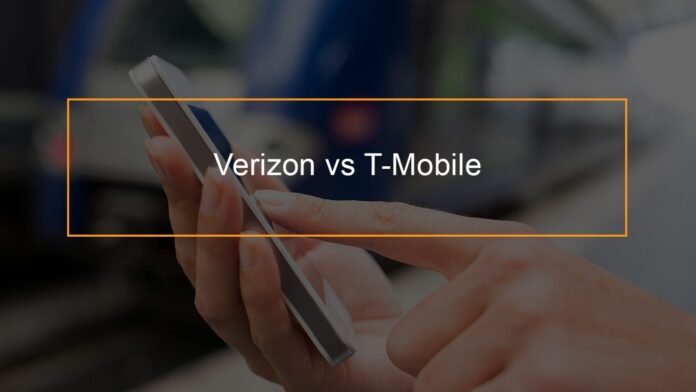T Mobile Vs. Verizon Coverage 2015
Looking for the best coverage between T-Mobile and Verizon in 2015? Wondering which carrier will offer you the strongest signal and widest network reach? Look no further, as I’ll break down the key points to help you make an informed decision.
When it comes to coverage, both T-Mobile and Verizon have made significant strides in expanding their networks. However, it’s important to note that Verizon has long been considered a leader in terms of coverage reliability and network strength. Their extensive infrastructure allows them to provide consistent service in more remote areas, ensuring you stay connected even when off the beaten path.
On the other hand, T-Mobile has been working hard to improve its coverage over recent years. They’ve invested heavily in expanding their network reach and upgrading their technology. While they may not match Verizon’s level of coverage just yet, T-Mobile has made notable progress and is continually closing the gap.
Ultimately, your choice between T-Mobile and Verizon will depend on your specific location and needs. If you frequently travel or live in rural areas where signal strength is crucial, Verizon may be your best bet. However, if you primarily use your phone in urban or suburban areas with good network infrastructure, T-Mobile could provide a cost-effective alternative without compromising too much on coverage.
In conclusion, while Verizon maintains its reputation for strong coverage nationwide, T-Mobile has made significant improvements and should not be overlooked. Assessing your specific needs and comparing their respective offerings will help guide you towards making the right choice for reliable mobile service.
Comparing T-Mobile and Verizon Coverage in 2015
T-Mobile’s Network Coverage in 2015
When it comes to network coverage, T-Mobile has made significant strides in recent years. In 2015, the company expanded its network infrastructure and invested heavily in improving coverage across the country. With the introduction of their Extended Range LTE technology, T-Mobile aimed to provide better signal penetration and coverage in buildings and rural areas.
T-Mobile’s focus on expanding their network paid off, as they were able to reach a larger customer base with reliable service. In urban areas, where network congestion can be a concern, T-Mobile’s coverage proved to be strong and consistent. They also implemented Wi-Fi calling, allowing customers to make calls using an internet connection when cellular signals were weak.
However, it’s important to note that while T-Mobile made great strides in improving their coverage in 2015, there were still areas where their network fell short compared to Verizon. Rural areas and remote regions often experienced weaker signals or even no service at all.

Verizon’s Network Coverage in 2015
Verizon has long been known for its extensive network coverage, and 2015 was no exception. The company continued to dominate the market with its widespread presence across the United States. Their focus on expanding both their 3G and 4G LTE networks allowed them to maintain a strong position as one of the top carriers for reliable coverage.
Verizon’s commitment to providing excellent service extended beyond just major cities; they also prioritized improving coverage in rural areas. This dedication resulted in fewer dead zones and more consistent connectivity for customers living outside urban centers.
In terms of reliability and consistency of service, Verizon excelled during this period. They boasted impressive data speeds and minimal dropped calls or interruptions compared to other carriers.
Comparing T-Mobile and Verizon’s Coverage Maps
While both T-Mobile and Verizon worked towards enhancing their respective coverage maps in 2015, there were still notable differences between the two. It’s crucial to consult coverage maps when considering a carrier, as they provide insights into signal strength and availability in specific areas.
T-Mobile’s coverage map showcased their substantial progress in urban regions, illustrating strong coverage and high-speed data capabilities. However, rural areas were depicted with lesser network reach compared to Verizon.
Verizon’s coverage map demonstrated their extensive network infrastructure across the country, including both urban and rural areas. Their focus on providing reliable connectivity was evident in the comprehensive coverage depicted on their map.
It is worth noting that while T-Mobile’s coverage has improved over time, Verizon maintained its edge when it came to nationwide coverage and reliability during this period.


